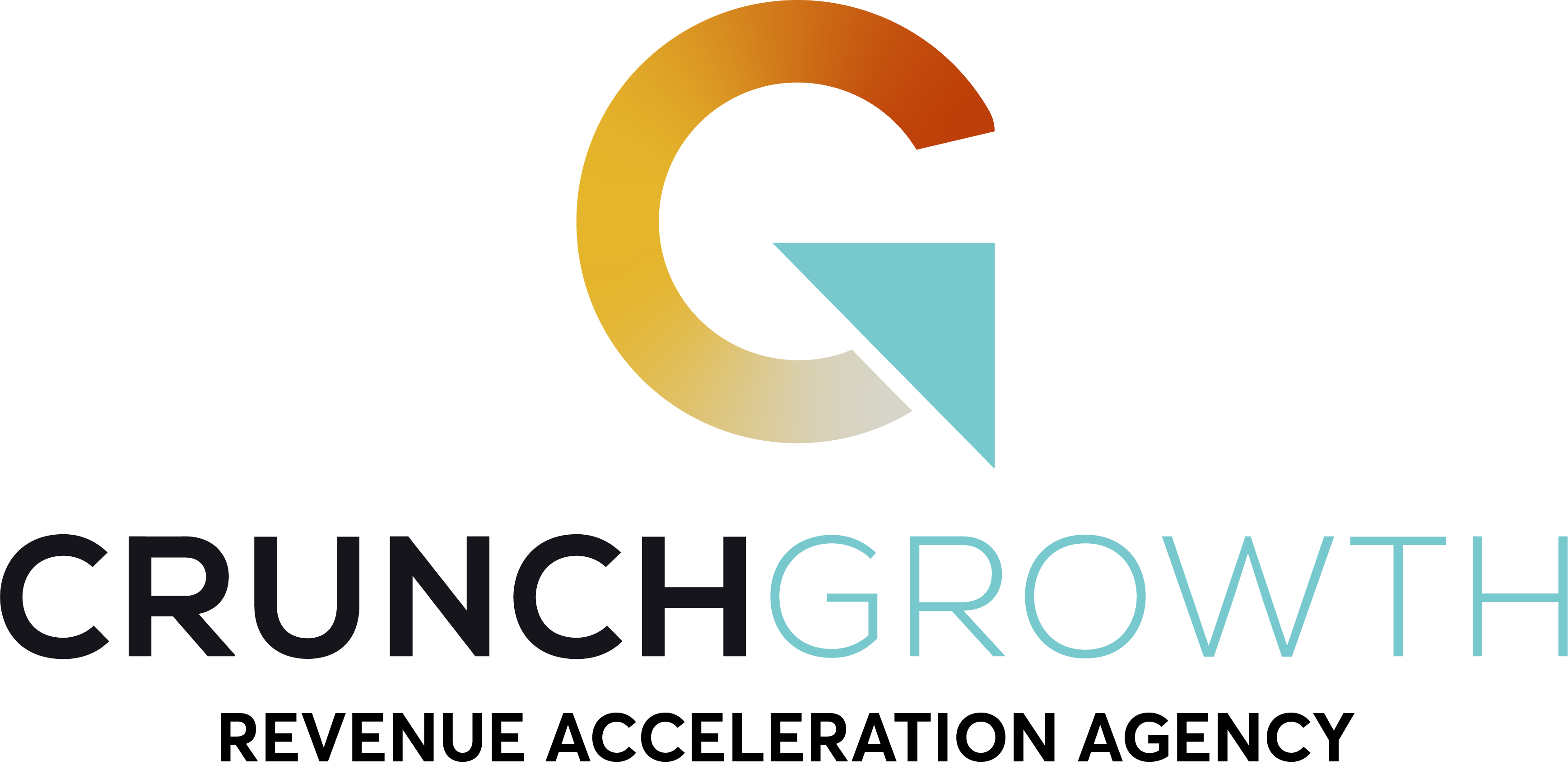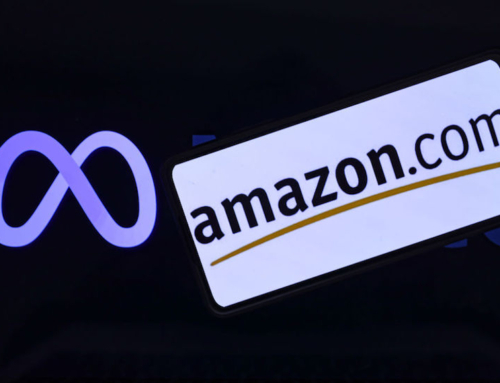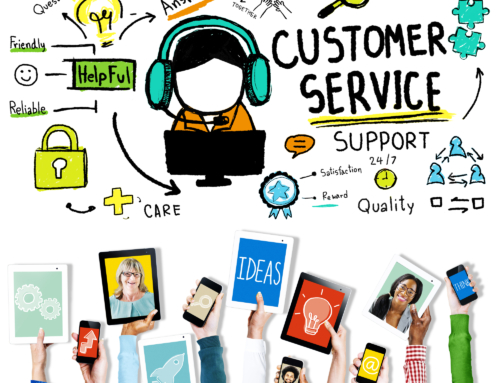Building a Customer Persona: The Secret to Effective Marketing
In today’s competitive business landscape, understanding your target audience is more crucial than ever. One of the most powerful tools for achieving this is creating a customer persona, which can help you market more effectively to your target customers. But what exactly is a persona, and how can businesses leverage it to improve their marketing efforts? We will explore the importance of building a persona and provide actionable tips for companies looking to create or refine their own.
What is a Customer Persona?
A customer persona, a buyer persona, or a marketing persona is a semi-fictional representation of your ideal customer based on market research and actual data about your existing customers. It typically includes information about demographics, behaviors, interests, needs, pain points, and motivations. By creating a detailed persona, businesses can gain a deeper understanding of their target audience and tailor their marketing efforts to resonate with them more effectively.
Why Does a Customer Persona Matter?
Developing one is essential because it allows businesses to:
- Identify and understand their target audience: A well-defined customer persona helps companies identify the specific group of people they should target with their marketing efforts, ensuring that they are using their resources effectively on relevant audiences.
- Create personalized and targeted marketing campaigns: By understanding the characteristics, needs, and preferences of their customer persona, businesses can craft marketing messages that are more relevant, engaging, and persuasive.
- Improve product development: A deep understanding of the customer persona can also inform product development, ensuring that businesses create products and services that truly address the needs and preferences of their target customers.
Steps to Develop Your Ideal Persona
- Identify your target audience: Start by conducting market research to identify the types of customers who are most likely to be interested in your product or service. This may include analyzing your existing customer base, studying industry trends, and conducting surveys or interviews with potential customers.
- Define your customers’ personalities and values: Once you have a clear understanding of your target audience, delve deeper into their personality traits, values, and motivations. What drives them to make purchasing decisions? What are their priorities, and what factors influence their choices?
- Establish a customer demographic and psychographic profile: Collect demographic information about your target customers, such as age, gender, income, and education level. Additionally, gather psychographic data about their interests, hobbies, and lifestyle preferences.
- Analyze real-life examples: Study companies that have effectively built their customer persona and examine how it has impacted their advertising. For example, Patagonia, the popular outdoor clothing brand, has successfully developed a customer persona focused on environmentally conscious consumers who value sustainability and ethical practices. As a result, their marketing campaigns emphasize these values and resonate strongly with their target audience.
Actionable Tips for Creating or Refining Your Customer Persona
- Maintain consistency across all marketing channels: Ensure that your customer persona is consistently represented across all your marketing channels, including social media, email campaigns, and website content. This will help reinforce your brand identity and create a cohesive customer experience.
- Regularly update your persona: As your business grows and evolves, so should your customer persona. Review and update your persona periodically based on new market research, customer feedback, and industry trends.
- Measure the success of your efforts: Track key performance indicators (KPIs) related to your marketing campaigns, such as click-through rates, conversion rates, and customer satisfaction scores, to gauge the effectiveness of your customer persona. Use this data to refine your persona and optimize your marketing strategies.
The Importance in Marketing Strategy
Customer personas play a crucial role in shaping a company’s marketing strategy for several reasons:
- Targeted Messaging: By understanding the needs, preferences, and motivations of your customer personas, you can create advertising messages that speak directly to them, increasing the likelihood of engagement and conversion.
- Media Placement: Knowing your customer personas enables you to choose the most effective channels and platforms to reach them, ensuring that your ads are seen by the right people at the right time.
- Brand Positioning: Customer personas can help you identify the unique selling points of your product or service that will resonate with your target audience, allowing you to establish a strong and consistent brand identity.
- Market Gap Identification: Understanding your customer persona can also help you identify any gaps in the market that your product or service can fill, providing valuable insights for product development and innovation.
Real-Life Examples of Effective Customer Persona Usage
Many companies have successfully leveraged customer personas to create advertising campaigns that resonate with their target audience, improving brand positioning and increasing sales. Here are two examples:
- Nike: The sportswear giant has long been known for its ability to connect with consumers through targeted advertising campaigns. By developing customer personas based on factors such as age, fitness level, and sports interests, Nike has created highly effective ad campaigns that speak directly to their desired audience. This has helped them maintain their position as a market leader and fostered strong brand loyalty among their customers.
- Spotify: The music streaming service has used personas to segment its user base and deliver personalized advertising experiences. By analyzing user data on listening habits, demographics, and preferences, Spotify has created tailored marketing messages that resonate with different groups of users, resulting in increased engagement and subscription rates.
Keeping Personas Relevant in a Changing Landscape
As markets evolve and consumer preferences shift, it’s essential to continuously update and refine your customer personas to ensure that they remain relevant and effective. Regularly reviewing and adjusting your personas based on new market research, customer feedback, and industry trends will help you stay ahead of the competition and maintain a strong connection with your target audience.
Customer personas are invaluable for creating targeted advertising campaigns that resonate with your desired audience. By understanding your ideal customers’ unique characteristics and needs, you can craft compelling marketing messages, choose the most effective media placements, and identify opportunities for growth and innovation.
Keeping your personas up-to-date and relevant as the marketing landscape changes will be crucial to sustained success.












[…] well-executed marketing campaign drives targeted traffic to a business and creates a compelling narrative around its offerings. […]
[…] regularly monitor your brand’s online reputation. Use social listening tools to track mentions and feedback and address any […]
[…] their needs and desires. Through various strategies and tactics, marketers attempt to influence the consumer’s decision-making process and make them choose their product or service over their competitors. The definition of marketing […]